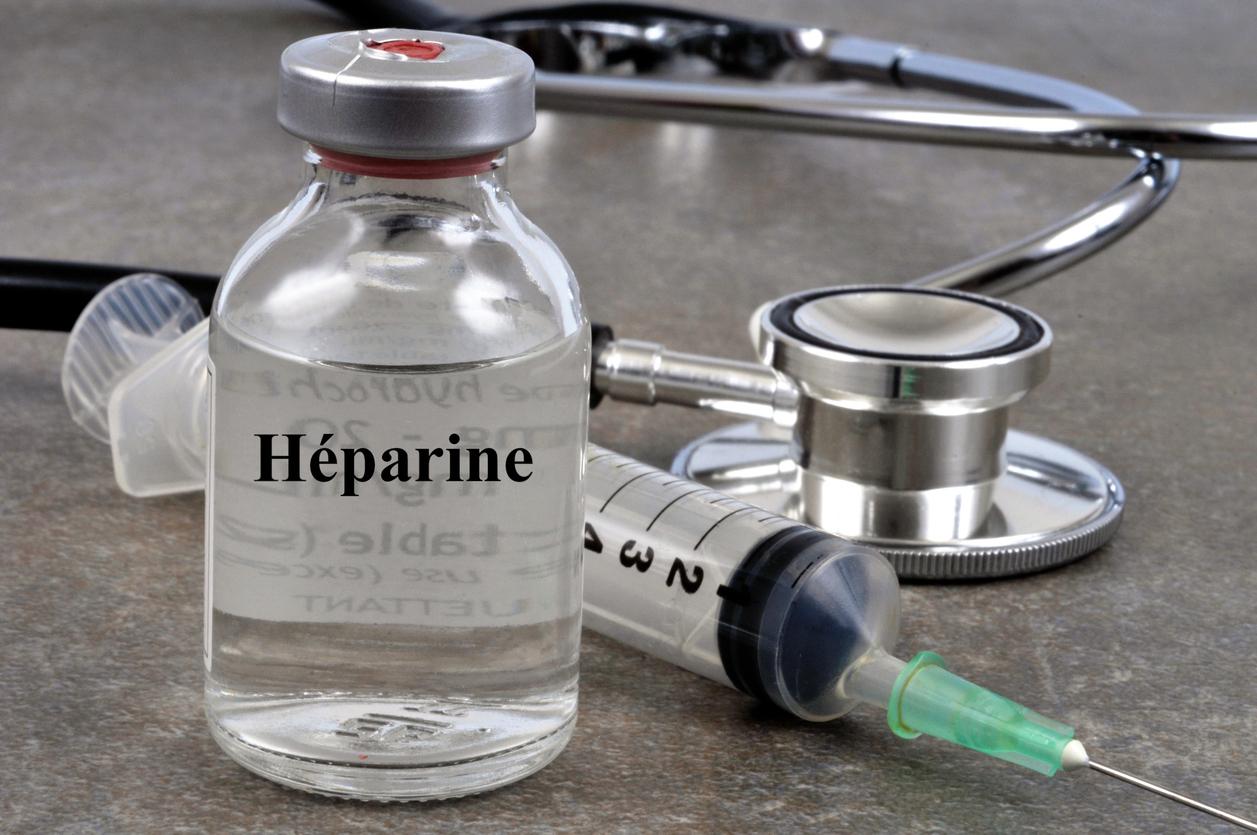To curb the slippages observed in the prescriptions of new anticoagulants, ANSM, Assurance Maladie and HAS remind us of the rules and call on doctors to be more vigilant.

“There is no health safety concern regarding the new anticoagulants but very reinforced surveillance,” said Professor Dominique Maraninchi, Director General of the National Medicines Safety Agency today. The ANSM announced this afternoon jointly with the Health Insurance and the High Authority for Health an action plan to remind physicians to use these NACOs (new oral anticoagulants) correctly, the prescriptions of which have been rising sharply since 2011.
NACOs must remain an alternative to AVKs
Today, 4% of the French population take anticoagulant therapy to treat phlebitis and pulmonary embolism or prevent a stroke in the event of atrial fibrillation, a heart rhythm disorder common in the elderly. More than a million of these people are on anti-vitamin K, the treatment used for a very long time, and 265,000 patients are on NACO, 3 drugs (Pradaxa, Xarelto and Eliquis) which arrived on the French market from 2008.
“In less than a year since the start of 2013, nearly half of the patients who started anticoagulant treatment were immediately prescribed an NACO while the recommendations of the Haute Autorité de santé are very clear, the NACOs are not that an alternative to anti-vitamin K (AVK), which remain the reference treatment ”, insisted Dr. Pierre Fender, deputy national medical consultant of the CNAM. The prescription data clearly point the finger at cardiologists, who prescribe 73% of a first-line NOAC against 35% of general practitioners. At the same time, during the same period, 100,000 patients taking VKA were switched to a new anticoagulant, whereas it is not recommended to modify the treatment of a patient whose coagulation is well stabilized. Health Insurance will therefore send its delegates from December to meet cardiologists and general practitioners to remind them of the rules for the proper use of these high-risk but essential drugs.
No pharmacovigilance alert …
For the moment, the ANSM considers that the pharmacovigilance data do not call into question the favorable benefit / risk balance of the new anticoagulants. The 3,000 serious adverse reactions and 302 deaths recorded with NACO since the start of their marketing correspond to the expected figures given the bleeding risk of this type of medication.
Listen to Evelyne Falip, director of risk assessment and monitoring at ANSM: “NOACs are no more at risk of bleeding than VKA. They are not dangerous drugs but at risk and all the more at risk when they are effective ”.
Two national pharmaco-epidemiological studies carried out jointly by the CNAMTS and the ANSM are in progress to compare the adverse effects observed with the different classes of anticoagulants. The first results are expected for the first half of 2014.
… but 4 risky situations
A study carried out using the Health Insurance reimbursement database nonetheless points to 4 hemorrhagic risk situations which concern the health authorities:
– patients over 80 years old
In the last quarter of 2012, 10% of patients starting treatment with NOAC were over 80 years of age and had no control of their renal function. “The situation is difficult for the prescriber because these patients have both more need than the youngest anticoagulant because of their other pathologies such as atrial fibrillation and at the same time a greater risk of hemorrhage, the benefit / risk balance does not maybe individual, ”emphasizes Evelyne Falip. Additional difficulty, the kidneys of very old people struggle to eliminate NOACs, hence the importance of checking their renal function before the start of treatment and as and when to avoid any risk of accumulation of the product in the body .
– renal or hepatic insufficiency
This is an “unvalidated, even dangerous indication” and yet nearly 5% of prescriptions of NOAC in the last quarter of 2012 concerned patients whose kidneys or liver do not function sufficiently to properly eliminate the anticoagulant. In addition, these people are already at risk of bleeding because of their renal or hepatic insufficiency.
– patients suffering from valve pathologies
NOACs are indicated for preventing stroke in people with heart rhythm disturbances UNLESS they also have heart valve disease. However, 4% of NACO prescriptions at the end of 2012 corresponded exactly to this contraindicated situation.
– dangerous drug interactions
Some patients under NOAC take concomitantly drugs which increase the risk of bleeding: 15% of patients follow a parallel treatment with antiplatelet agents, 21% a treatment with amiodarone, a molecule indicated in cardiac arrhythmia. In these situations, only the prescription of AVK allows a precise measurement of the degree of anticoagulation obtained and to have an antidote available if necessary.
Listen to Evelyne Falip : “In 25% of the adverse reactions reported, there is a risky drug interaction. There is no contraindication but an increased risk of bleeding ”.
Faced with drugs as sensitive as anticoagulants, the health authorities are therefore putting pressure on prescribers so that the prescription conditions are strictly observed to limit the risk of bleeding as much as possible. But they also call on patients to be extremely careful: stopping treatment without medical advice exposes an equally serious risk, the formation of blood clots or thrombosis, which can also be fatal.
.















